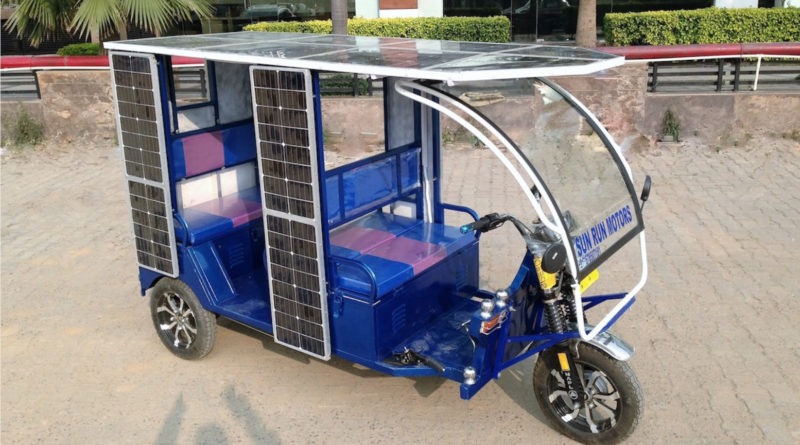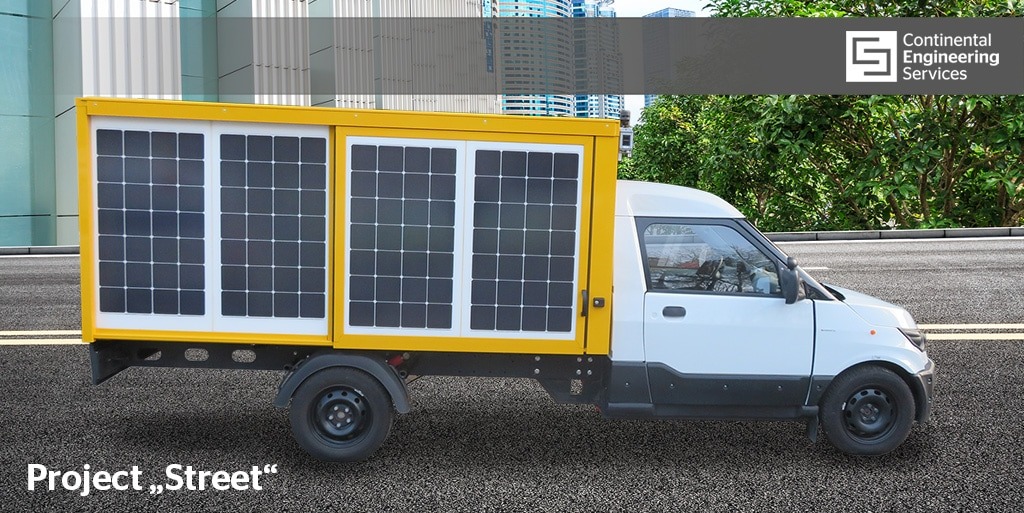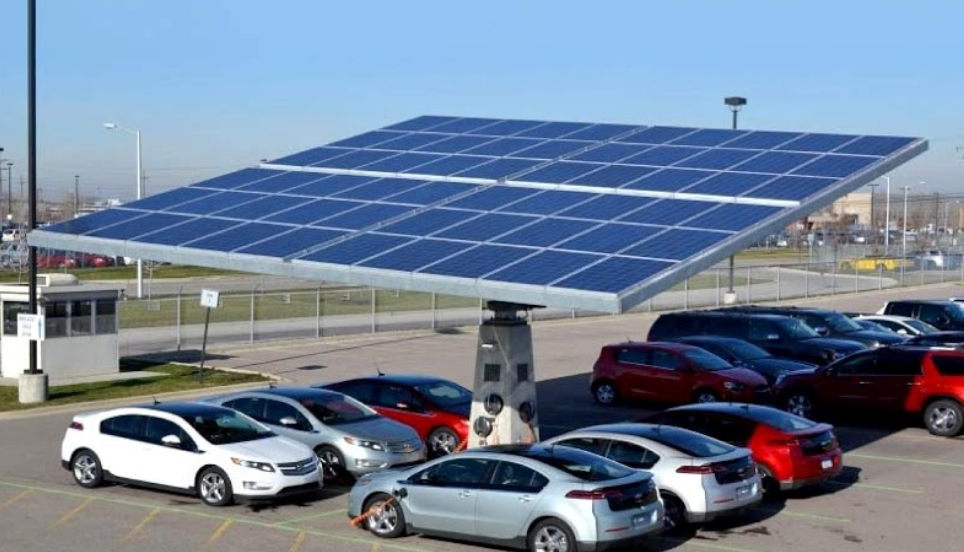Solar mobility, also known as solar-powered transportation or solar electric vehicles (EVs), refers to the use of solar energy to power various forms of transportation, such as cars, buses, bikes, boats, and even aircraft. It involves integrating solar panels or solar energy capture technology into the vehicles to generate electricity for propulsion or to supplement onboard power systems. Here are some key aspects and applications of solar mobility: Solar-Powered Electric Vehicles: Solar panels can be integrated into the design of electric vehicles to harness sunlight and convert it into electricity. This electricity is then used to charge the vehicle's batteries, extending its range and reducing the reliance on grid electricity for charging. Solar Electric Bikes and Scooters: Solar panels can be integrated into electric bikes and scooters to generate electricity, providing additional range or powering auxiliary systems. Solar-Powered Buses: Some public transport buses are equipped with solar panels on their roofs to generate electricity, reducing their reliance on traditional fuel sources and lowering carbon emissions. Solar Boats: Solar panels can be installed on the roofs of boats to generate electricity, powering the boat's propulsion system or onboard amenities. Solar-Powered Aircraft: Solar mobility extends to experimental solar-powered aircraft, where large wings covered with solar panels generate electricity to power the plane's electric motors and charge its batteries. Benefits of Solar Mobility: Renewable Energy: Solar mobility harnesses clean and renewable solar energy, reducing greenhouse gas emissions and dependence on fossil fuels. Energy Efficiency: Solar-powered transportation contributes to increased energy efficiency, leading to reduced energy consumption and operating costs. Reduced Emissions: Solar mobility solutions help to reduce air pollution and mitigate the environmental impact of transportation. Enhanced Range: Solar panels provide additional range for electric vehicles, making them more practical for longer trips and reducing the need for frequent charging. Off-Grid Capabilities: Solar-powered vehicles can operate independently of traditional charging infrastructure, making them suitable for remote areas with limited access to electricity. Public Awareness: Solar mobility serves as a visible and tangible example of sustainable transportation, raising public awareness and promoting the adoption of renewable energy in the transport sector. Challenges and Considerations: While solar mobility holds significant promise for a sustainable future, there are some challenges and considerations to address, including: Limited Energy Capture: Solar panels have limited space and surface area on vehicles, which can restrict the amount of electricity that can be generated. Weather Dependency: Solar energy production is weather-dependent, and reduced sunlight during cloudy or rainy days can impact the vehicle's performance. Cost and Efficiency: Solar panels can add to the cost and weight of vehicles, and their efficiency may vary based on design and usage patterns. Battery Technology: Advancements in battery technology are crucial for optimizing the storage and usage of solar-generated energy in vehicles. Overall, solar mobility is an evolving field with great potential to transform transportation and reduce the environmental impact of our mobility choices. As solar technology advances and becomes more efficient, we can expect to see increased integration of solar power in various forms of transportation, supporting sustainable and eco-friendly mobility solutions.





